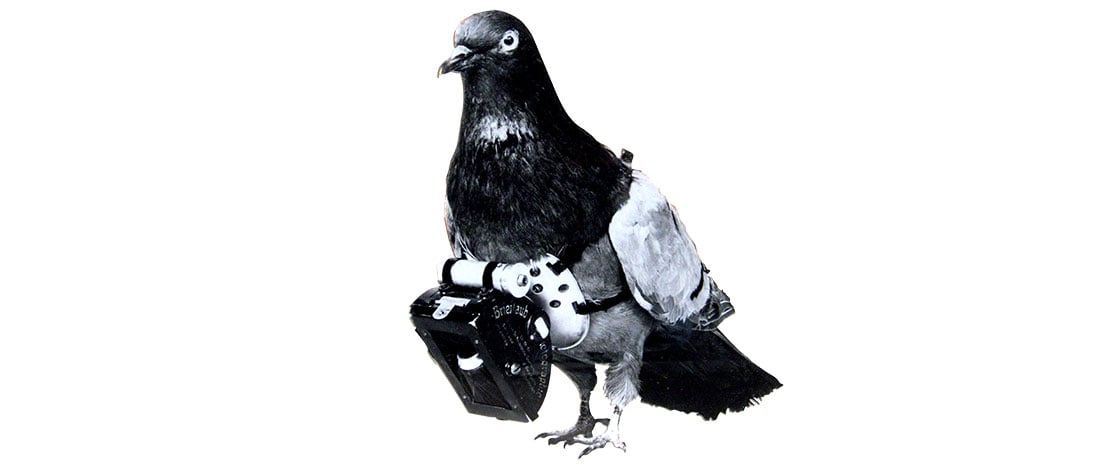The American soldiers were doomed.
It was October 1918, not long before the end of World War I. This was a war more brutal than any before in history; it would leave
17 million people dead and pull more than 135 countries, including the United States, into battles around the globe.
Now, in a dark, rainy forest in northeastern France, several hundred American troops were in a fight for their lives. The men were surrounded by enemy German soldiers. Machine guns rattled. Bombs rained from the sky. The Americans needed help. Their only hope was to get an urgent message to their leaders, 25 miles away.
But how? There were no walkie-talkies or cell phones in 1918, no computers to send emails. And the army radios weren’t working.
Luckily, there was one brave warrior who had been trained for a moment exactly like this one. She took off with the message on a life-or-death race across the forest.
Her name was Cher Ami, and she was not a soldier. She was not even a human.
She was a pigeon.


